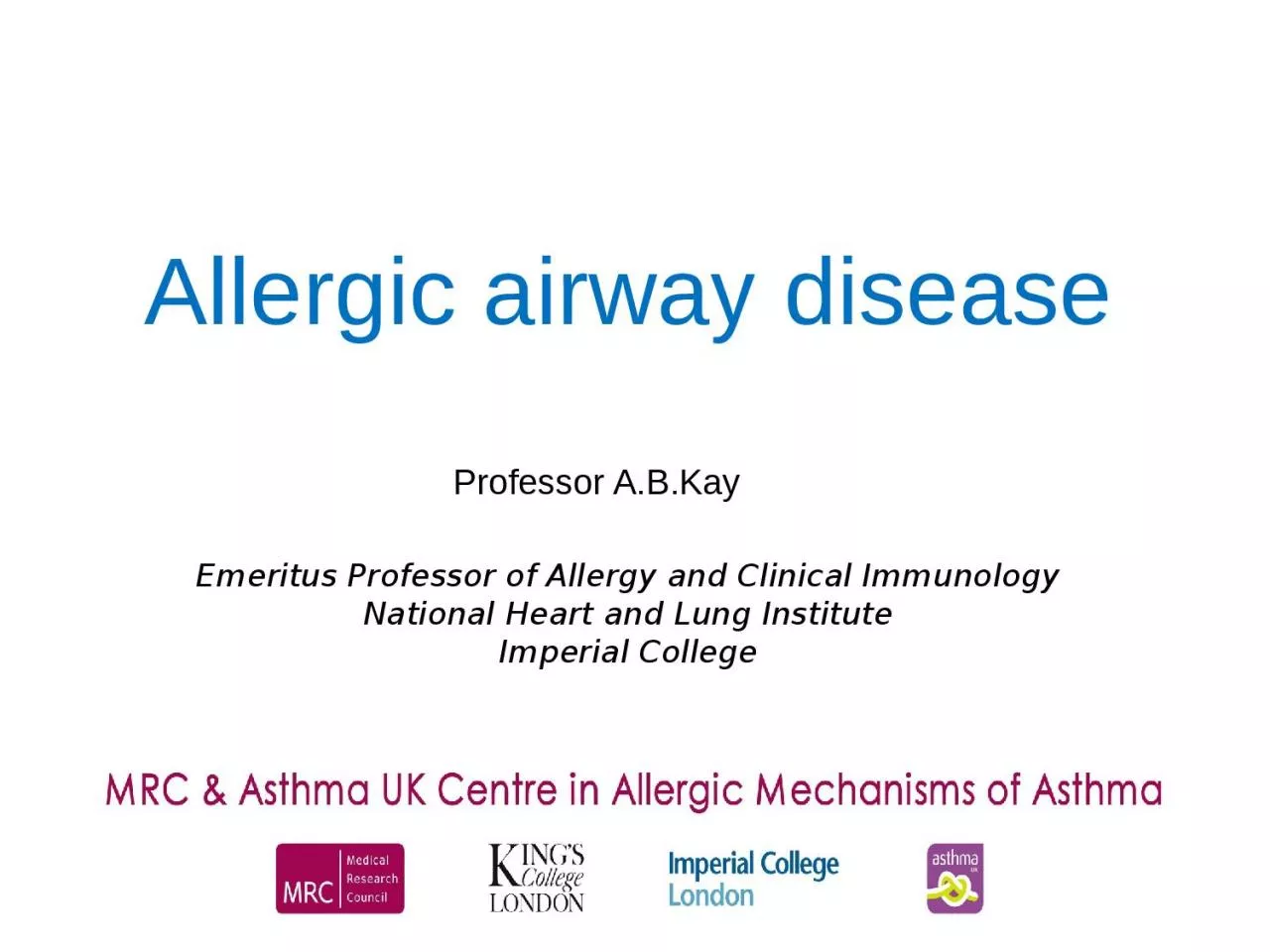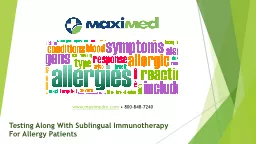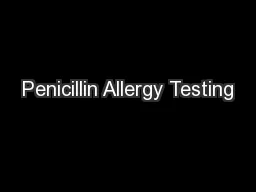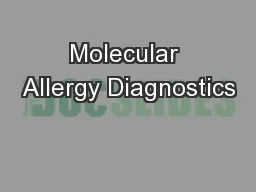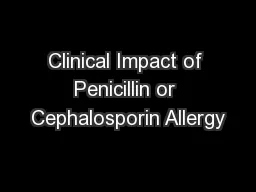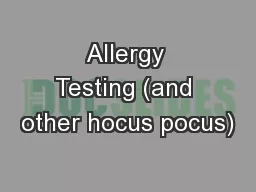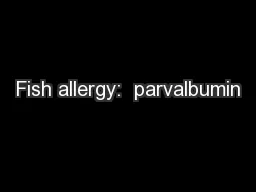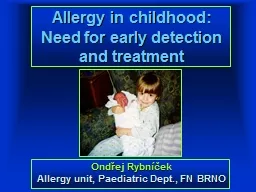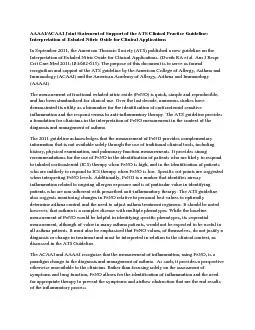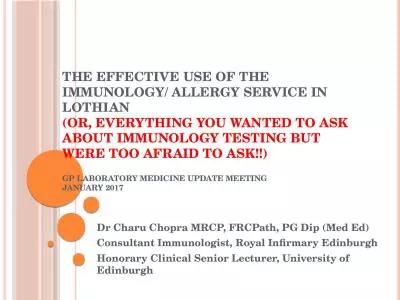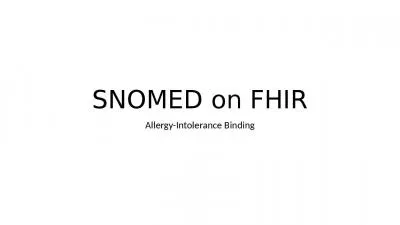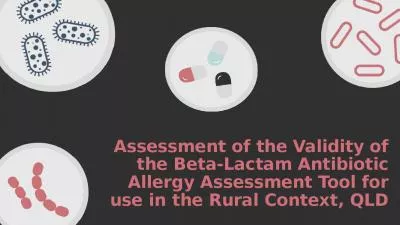PPT-Emeritus Professor of Allergy and Clinical Immunology
Author : deborah | Published Date : 2024-02-02
National Heart and Lung Institute Imperial College Professor ABKay Allergic airway disease Upper airways Allergic rhinitis Bronchi asthma Alveoli allergic alveolitis
Presentation Embed Code
Download Presentation
Download Presentation The PPT/PDF document "Emeritus Professor of Allergy and Clinic..." is the property of its rightful owner. Permission is granted to download and print the materials on this website for personal, non-commercial use only, and to display it on your personal computer provided you do not modify the materials and that you retain all copyright notices contained in the materials. By downloading content from our website, you accept the terms of this agreement.
Emeritus Professor of Allergy and Clinical Immunology: Transcript
Download Rules Of Document
"Emeritus Professor of Allergy and Clinical Immunology"The content belongs to its owner. You may download and print it for personal use, without modification, and keep all copyright notices. By downloading, you agree to these terms.
Related Documents

